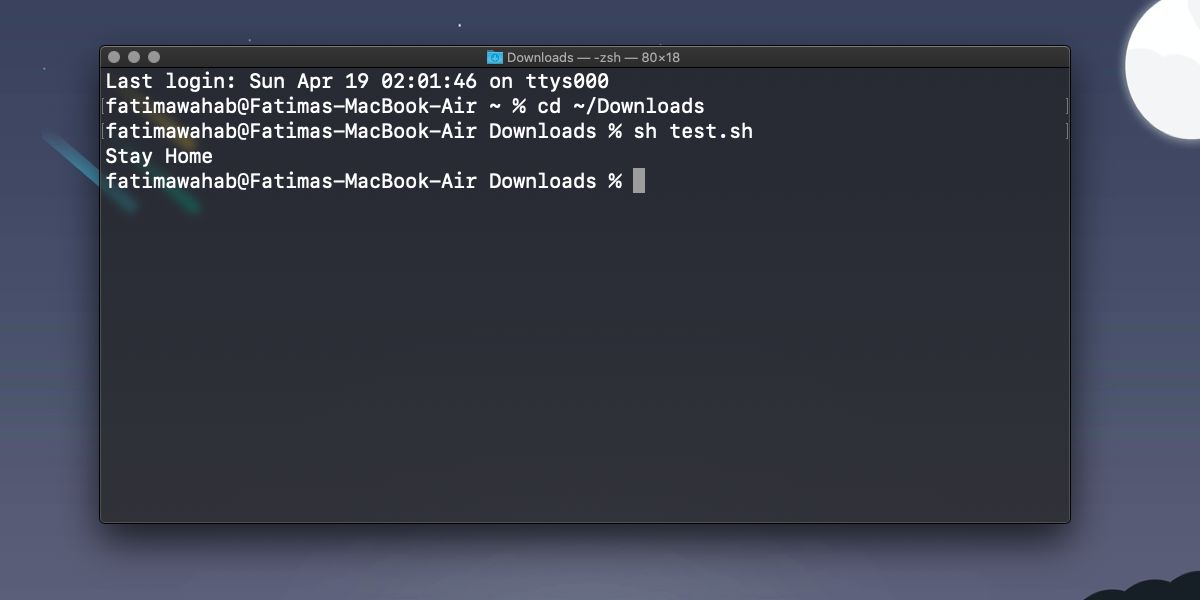

#Mac os bash set printer windows#
com") from the CMD shell, Windows searches for the executable program in the current working directory, followed by all the directories listed in the PATH environment variable. When you launch an executable program (with file extension of ". To verify the new setting, launch CMD: set VAR_NAME VAR_NAME=VAR_VALUE PATH Environment Variable in Windows You need to RE-START CMD for the new setting to take effect! Instead of typing the "value" and making typo error, I suggest that you use "Browse Directory." or "Browse File." button to retrieve the desired directory or file.
#Mac os bash set printer how to#
Display the PATH environment variable echo %PATH% PATH=xxxxxxx // Append a directory in front of the existing PATH set PATH=c:\myBin %PATH% PATH=c:\myBin How to Add or Change an Environment Variable "Permanently" For example, you can use the echo command to print the value of a variable in the form " echo % varname%". To reference a variable in Windows, use % varname% (with prefix and suffix of '%'). Try setting a variable, re-start CMD and look for the variable. Set or change the value of the variable (Note: no space before and after '=')ĭelete the variable by setting to empty string (Note: nothing after '=')įor examples, // Set an environment variable called MY_VAR set MY_VAR=hello // Display set MY_VAR MY_VAR=hello // Unset an environment variable set MY_VAR= // Display set MY_VAR Environment variable MY_VAR not definedĪn environment variable set via the " set" command under CMD is a local, available to the current CMD session only. set varname set varname = value set varname = set To unset an environment variable, use " set varname=", i.e., set it to an empty string. There shall be no spaces before and after the '=' sign. To set (or change) a environment variable, use command " set varname= value". To display a particular variable, use command " set varname", or " echo % varname%": // Display a particular variable set COMPUTERNAME COMPUTERNAME=xxxxxx // or, use "echo" command with variable name enclosed within a pair of '%' echo %COMPUTERNAME% COMPUTERNAME=xxxxxx Set/Unset/Change an Environment Variable for the "Current" CMD Session

Pay particular attention to the variable called PATH. Try issuing a " set" command on your system, and study the environment variables listed. To list ALL the environment variables and their values, start a CMD and issue the command " set", as follows, // Display all the variables (in NAME=VALUE pairs) set COMPUTERNAME=xxxxxxx Display Environment Variables and their Values They are typically named in uppercase, with words joined with underscore ( _), e.g., JAVA_HOME.

Environment variables are useful to store system-wide values, for examples, Environment variables are global system variables accessible by all the processes/users running under the Operating System (OS), such as Windows, macOS and Linux.


 0 kommentar(er)
0 kommentar(er)
